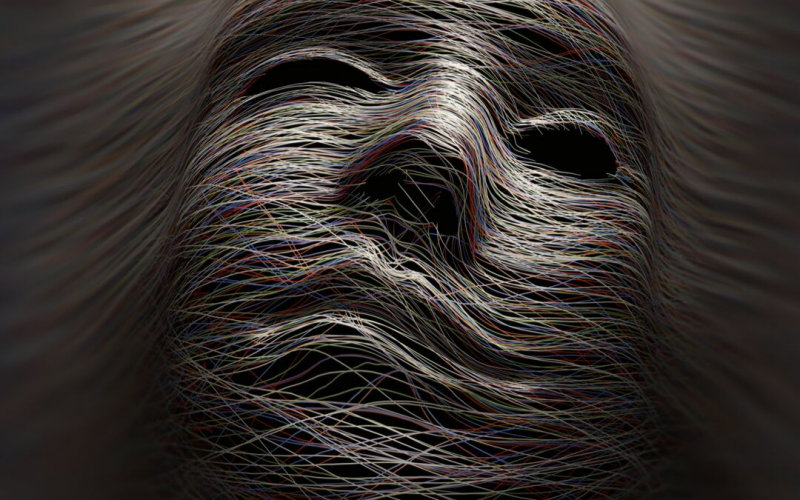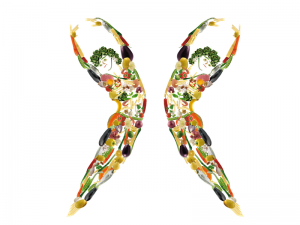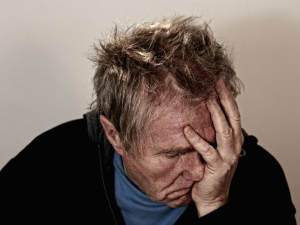Pain is tricky; it can be a valuable and potentially life-saving protection mechanism. You only have to touch something unexpectedly hot to appreciate that the resulting OUCH was helpful because it made you pull your hand away and prevent possible further injury.
But what exactly is pain?
The truth is, explaining pain is tricky even for the experts. When asked this question back in 2016, Prof. Lorimer Molesley, a pain scientist, wrote this; “Pain scientists are reasonably agreed that pain is an unpleasant feeling in our body that makes us want to stop and change our behaviour. We no longer think of pain as a measure of tissue damage–it doesn’t work that way even in highly controlled experiments. We now think of pain as a complex and highly sophisticated protective mechanism.”
Pain explained
Pain is an unpleasant sensory experience ranging from mild localised discomfort to whole-body encompassing physical and emotional agony.
The world of science often classifies pain in differing ways, leading to misunderstandings and confusion between those affected and the loved ones who care for them. The terms acute and chronic might be familiar to you, but let’s try to unpack these a little by using the example of stubbing your toe on the way to the lavatory. A random sample, perhaps, but we’ve all done it or know someone who has, and it can be excruciating.
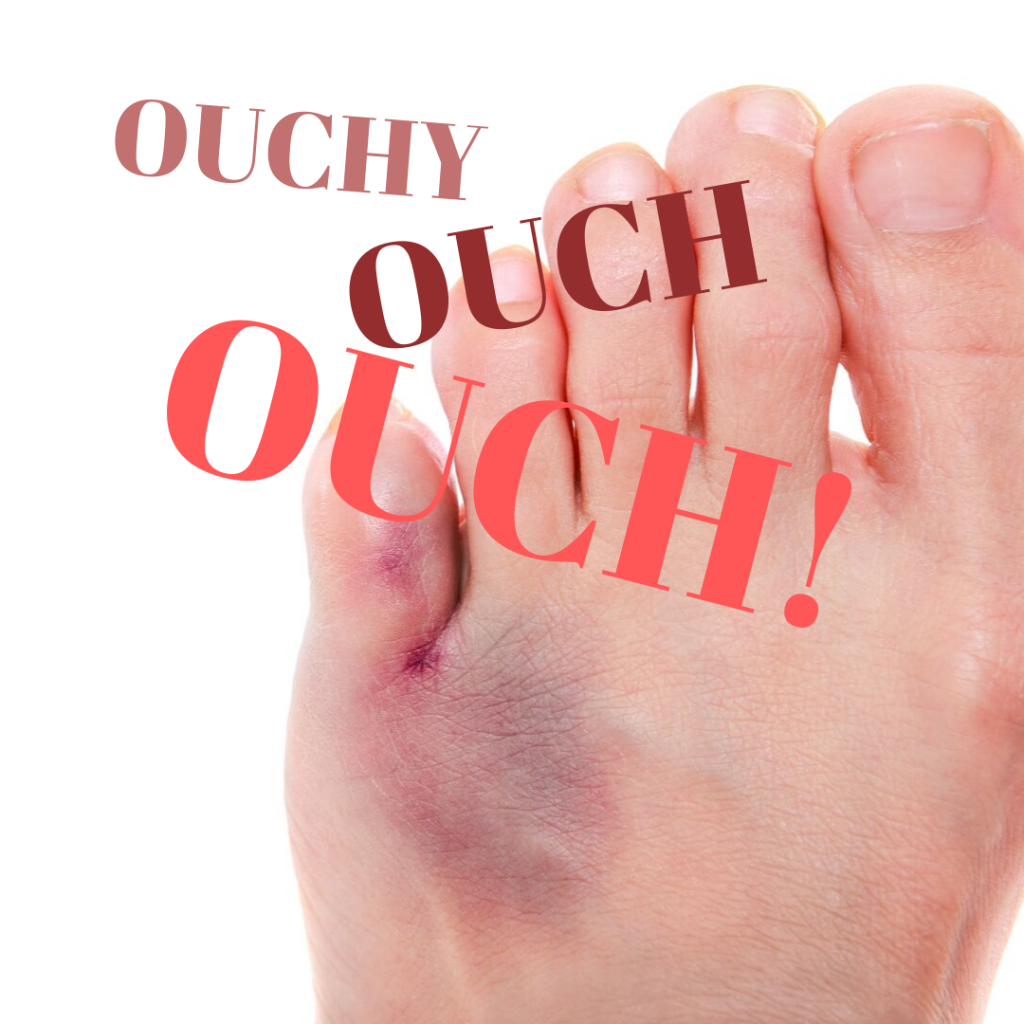
- Acute pain is the pain felt when you first stub your toe–the big short-term ouch, ouch!
- Sub-chronic pain is when your stubbed toe is still painful six weeks later.
- If your toe is still hurting 12 weeks after the injury, your injury has become a chronic condition, sometimes also known as persistent or ongoing pain.
Doctors also classify pain from the place where it originates. Visceral pain comes from the internal organs, the viscera, such as the digestive system, appendix, kidneys, bladder, or uterus. Infections, inflammation or tumours cause this pain. Visceral pain can refer to joints and muscles, meaning it’s often felt away from the source. While this might seem like it adds to patient confusion, it’s also a brilliant alarm mechanism. Just think of the warning sign of the arm or jaw pain some people experience during a heart attack; it can be a real lifesaver.
Doctors also classify pain from the place where it originates:
Visceral pain- comes from the internal organs, the viscera, digestive system, appendix, kidneys, bladder, or uterus. Infections, inflammation or tumours cause this pain. Visceral pain can refer to joints and muscles, meaning it’s often felt away from the source. While this might seem like it adds to patient confusion, it’s also a brilliant alarm mechanism; let’s bring this to low back pain, which can arise from a kidney infection, which is why you’ll be asked about your general health when seeking medical help. Just think of the warning sign of arm or jaw pain some people experience during a heart attack; it can be a real lifesaver.
Somatic pain come from the Greek word meaning the body. Soma is the medical term for pain arising from bones, joints, muscles, ligaments, or nerves. For example, health professionals will diagnose most neck and back pain as somatic because it’s caused by inflammation or micro-tearing associated with a strain or sprain in most cases.
What does chronic pain feel like?
Pain does not feel the same for everyone, and it isn’t easy to describe clearly. The range of symptoms can be mild to severe; it can come and go or be constant. If people can express where their pain is, what it feels like, how bad it is and when it happens. It can make it easier for health professionals to help them find the best treatment options. Symptoms can include:

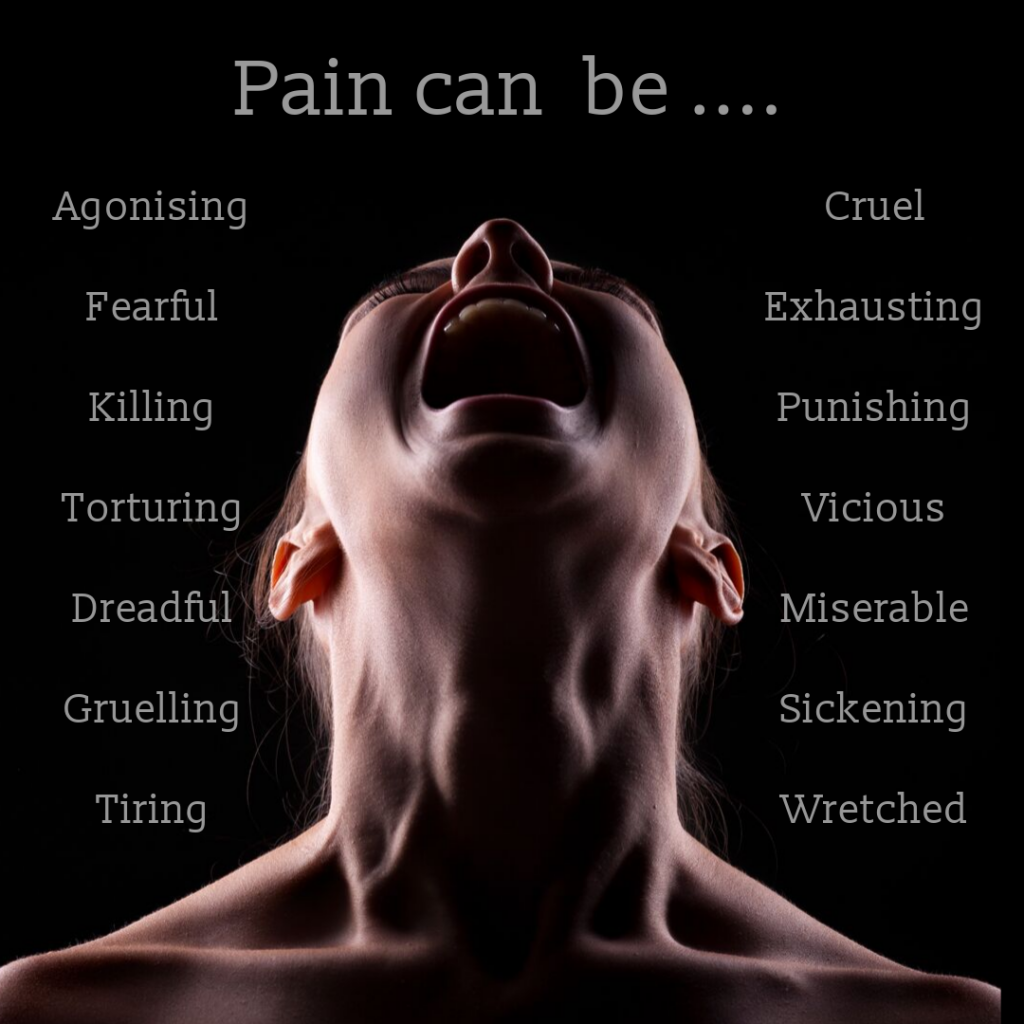
Healing time
It takes about 6-8 weeks for most bone and soft tissue injuries to heal and for the pain to go away. While more severe injuries can take longer. For example, a fractured leg that needed surgical pinning or plating and a period of non-weight bearing won’t be better in 8 weeks, but it will still get better. Doctors now understand that pain beyond 3–6 months is in most people outside of these cases, not because of tissue damage.
Health professionals and those working in pain science and rehabilitation understand that tissues need mechanical loading to remain healthy; in simple terms, that means movement. Being static, guarding or protecting an injured body part for too long will increase the chances of persistent or chronic pain.
Ongoing pain
When pain continues for more than 12 weeks, it will be described as either persistent, ongoing, or, most often, chronic. It’s an actual condition, not something just in people’s heads, pain persistent beyond tissue healing time for many reasons.
There is now a more in-depth understanding amongst scientists and health professionals that the brain can become oversensitive after even the most minor injury and become primed to trigger more quickly to the next episode, which can be a real or perceived threat of pain.
Pain experts accept that pain is not merely imagined or only in our heads. Our emotional state can influence how we experienced unpleasant sensations and feelings [pain]. It will often worsen when people are tired, depressed, anxious, grieving, or living through traumatic or stressful situations. During these states, the brain senses threat more readily and will trigger a stress response to protect itself and your body.
The consequences of this can be a vicious cycle that goes something like this. Pain sets off a sequence of emotions such as fear and anxiety, accompanied by a cascade of chemicals and hormones, part of our natural stress response. These result in an inflammatory reaction in the body, which causes muscles to become tense and achy.
If these chemicals hang around for too long, the discomfort will worsen, and the stress response will also increase, so the cycle continues. Unfortunately, this “highly sophisticated protective mechanism.” can go haywire. About 20% of people experience ongoing pain, a condition that extends beyond the expected healing time of their injury. For some people, this is a familiar pattern, one that can leave them in a state of sheer despair.
Chronic pain is a cold caller!
Chronic pain persists long after the trauma or injury has healed, and in some people, can occur in the absence of any trauma. It is not uncommon for chronic pain to appear long after the original injury; this could be months or years later. For these folks, pain becomes a debilitating and often invisible part of their daily life.
While increasing evidence shows that medication doesn’t help resolve long-term pain, just managing is no longer acceptable either. Some specialists divide chronic pain into two groups:
- Inflammatory pain because of ongoing physical injury, such as nerve damage, is also called neuropathic pain. or because of a tumour, also called nociceptive pain
- The other group is brain-induced pain or neural-pathway induced pain because the nervous system is the root cause.
Chronic pain can move around from one body part to another, vary in intensity, be triggered by the most innocent of situations and be difficult to attribute to a specific event or cause. All of which can be very upsetting and stressful for those affected and their loved ones, also. Worst of all, some health professionals still have a poor understanding of the complexity of this pain and, therefore, do not serve their patients well.
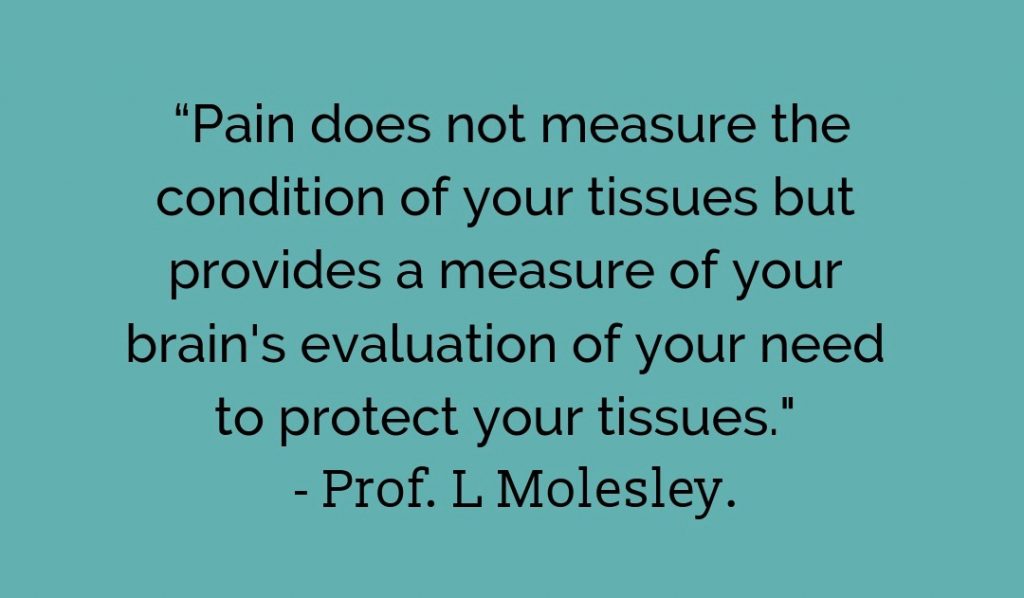
Think of this much like a cold caller, uninvited, unwelcome, and often appearing without an obvious purpose. But with a bit of detective work, sometimes an association with a significant life event such as a divorce, house move or bereavement can be made to explain the sudden return of pain or an increase in its intensity. Did you know that it’s not just adverse events of life that can affect the body or mind? Sometimes pain can be triggered by joyful occasions, such as weddings or a big holiday.
Our brain is quite simple and looks for patterns to match in its attempt to keep us from harm; too much stress is simply (dis)stressing! Exploring connections between life events and pain is worthwhile, as this can cause lightbulb insights which can open powerful ways forward to a resolution of symptoms for those affected.
Patient education
It is also essential to understand people’s beliefs about their condition, as most of those in pain end up in the treatment room of a doctor or manual therapist. Both parties often expect that medication or hands-on treatment should be a significant component of the appointment. While that might be beneficial, it may not be the best solution if pain education is not offered.
Patient education is crucial and often the missing key to unlocking the toolkit to live a pain-free life. Interestingly, the longer someone experiences pain, the more highly skilled the brain and nervous system will become in their attempts to protect them from more pain; we know this as a protective response.
Over the last 20 years, there has been a revolution in our understanding and knowledge of how humans experience pain. Scientists and pain specialists have learned how and why the brain makes us experience pain and unlocks some keys to curing pain. Sadly, very little of this information has reached the wider public and people who live with daily pain.
Some leaders in pain science have stated that knowing why we feel pain will help us heal. While this is a complex science, much of it can be simplified, these might seem bold statements, but they are supported with gold-standard research, hundreds of published papers, and in some cases, globally best-selling people-friendly books.
There is so much more to say, but this is an already whopper of a post. So coming in part 2: Ways forward in pain management, pain education, and resources.

